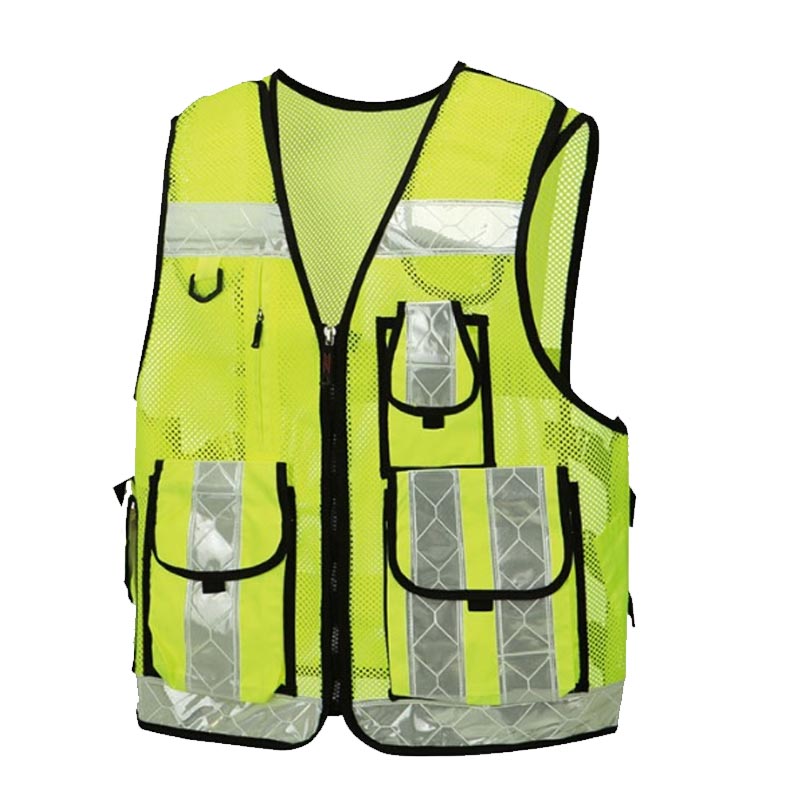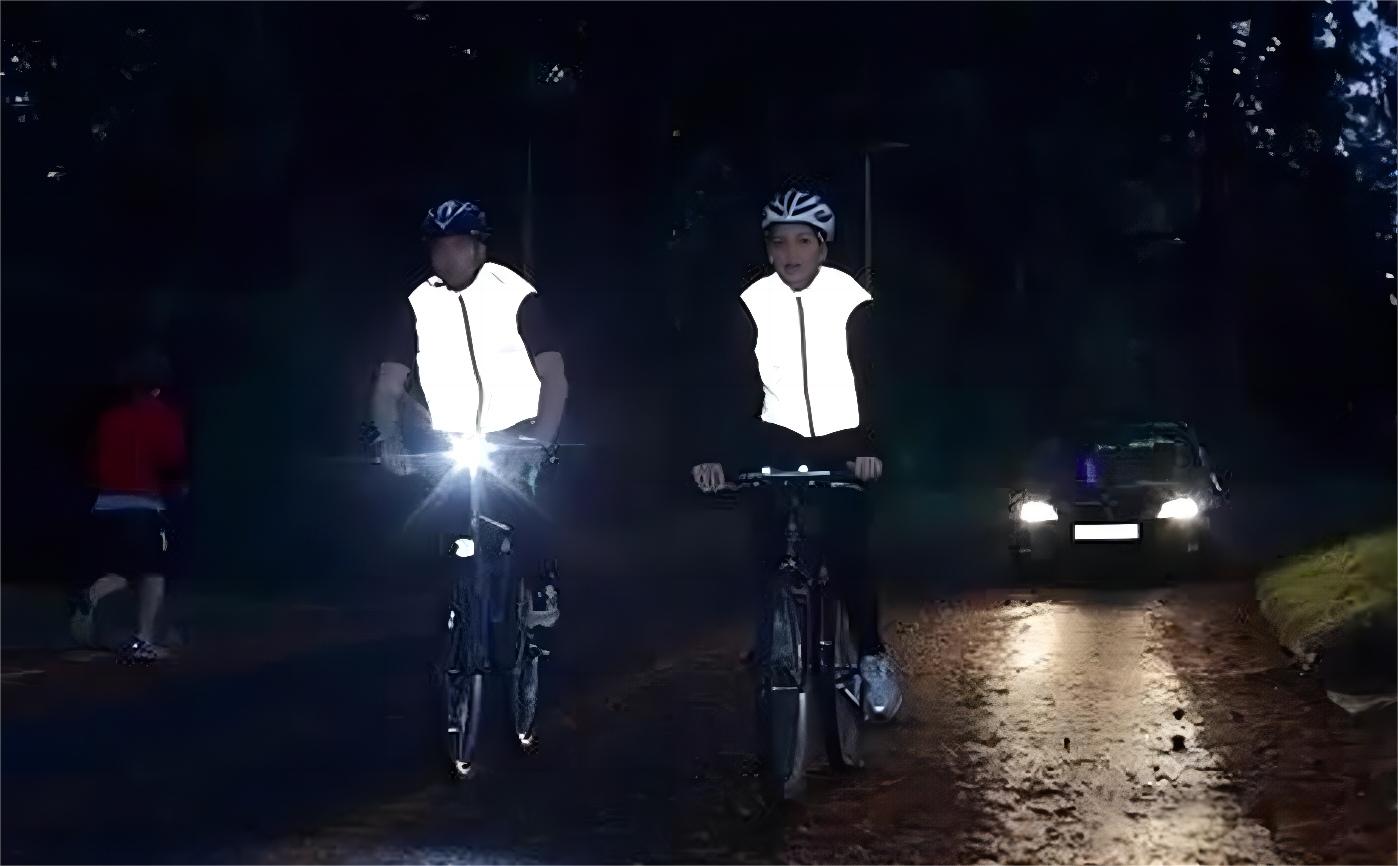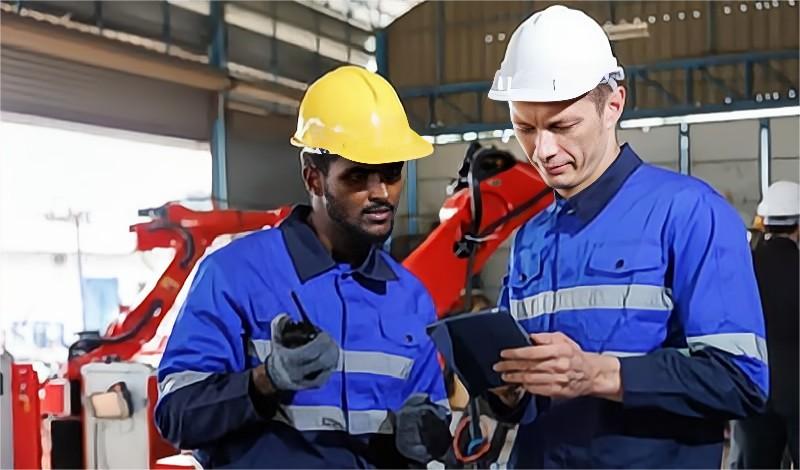In today’s fast-paced world, ensuring the safety of workers in hazardous environments is of paramount importance. This is where high-visibility clothing, such as safety vests, comes into play. These garments are specifically designed to make the wearer more visible to others, thereby reducing the risk of accidents. In this article, we will delve into the details of ISO 20471 Class 2 and Class 3 safety vests, their key features, and the differences between the two.
What is ISO 20471?
The International Organization for Standardization (ISO) is an independent, non-governmental organization that develops and publishes international standards. One such standard is ISO 20471, which specifies the requirements for high-visibility clothing. This standard is intended for professional use and is designed to ensure that the wearer is more visible in hazardous situations, both during the day and at night.
ISO 20471 classifies high-visibility clothing into three classes: Class 1, Class 2, and Class 3. The classification is based on the minimum areas of background material and retroreflective material used in the clothing. In this article, we will focus on Class 2 and Class 3 safety vests.
Class 2 Safety Vests
Class 2 safety vests are intended for use in environments with moderate risk levels. These vests are suitable for workers who need greater visibility than what Class 1 vests provide but do not require the highest level of visibility offered by Class 3 vests. Class 2 vests are typically used in situations where the wearer is exposed to traffic moving at speeds of 25-50 mph, such as roadway construction, utility workers, or school crossing guards.
Key Features of Class 2 Safety Vests
- Minimum Background Material: Class 2 vests must have a minimum of 0.50 m² (775 in²) of background material. This material is usually fluorescent and is available in colors like yellow, orange, or red to enhance visibility during the day.
- Minimum Retroreflective Material: Class 2 vests must have a minimum of 0.13 m² (201 in²) of retroreflective material. This material reflects light back to its source, making the wearer more visible in low-light conditions or when illuminated by headlights.
- Design Requirements: Class 2 vests should have at least one horizontal band of retroreflective material around the torso and additional bands over each shoulder. These bands must not be less than 50 mm(2 inches) wide.
Class 3 Safety Vests
Class 3 safety vests are intended for use in environments with high-risk levels. These vests provide the highest level of visibility, making them suitable for workers who are exposed to traffic moving at speeds above 50 mph or in situations where the wearer needs to be visible from a distance of at least 1280 feet (390 meters). Examples of workers who may require Class 3 vests include highway maintenance workers, emergency responders, and tow truck operators.
Key Features of Class 3 Safety Vests
- Minimum Background Material: Class 3 vests must have a minimum of 0.80 m² (1,240 in²) of background material. Like Class 2 vests, this material is usually fluorescent and comes in colors like yellow, orange, or red.
- Minimum Retroreflective Material: Class 3 vests must have a minimum of 0.20 m² (310 in²) of retroreflective material, providing even more visibility than Class 2 vests in low-light conditions or when illuminated by headlights.
- Design Requirements: Class 3 vests should have at least two horizontal bands of retroreflective material around the torso, with additional bands over each shoulder and on the sleeves. These bands must not be less than 50 mm (2 inches) wide.
Differences between Class 2 and Class 3 Safety Vests
The primary differences between Class 2 and Class 3 safety vests lie in the amount of background and retroreflective material used, as well as the design requirements. Class 3 vests provide a higher level of visibility due to the greater amount of retroreflective material and the additional bands on the sleeves. This makes them more suitable for high-risk environments where workers need to be visible from greater distances or in situations with faster-moving traffic.
Another notable difference is that Class 3 vests often have long sleeves, whereas Class 2 vests are typically sleeveless. This can be a consideration for workers who require additional protection from the elements or who want to maintain a uniform appearance with their colleagues.
Conclusion
Understanding the differences between ISO 20471 Class 2 and Class 3 safety vests is crucial for selecting the right high-visibility clothing for your work environment. By choosing the appropriate safety vest for your needs, you can help to protect yourself and your colleagues from potential accidents and injuries. Remember, safety should always be a top priority in any workplace, and wearingthe correct high-visibility clothing is a vital step in ensuring the well-being of workers in hazardous situations.
When selecting a safety vest, consider the specific hazards and risks present in your work environment, as well as any regulatory requirements that may apply. It is essential to consult your organization’s safety guidelines and relevant industry standards to ensure compliance and optimal protection. Always remember that wearing the appropriate high-visibility clothing is just one component of a comprehensive safety strategy, which should also include proper training, effective communication, and adherence to safe work practices.
In summary, ISO 20471 Class 2 and Class 3 safety vests are designed to provide enhanced visibility for workers in moderate to high-risk environments, such as roadway construction, utility work, and emergency response. By understanding the key features and differences between these two classes of safety vests, you can make a more informed decision when selecting the appropriate high-visibility clothing for your specific needs.
Stay safe, be visible, and keep your workplace accident-free by ensuring that you and your colleagues are equipped with the right safety gear.




